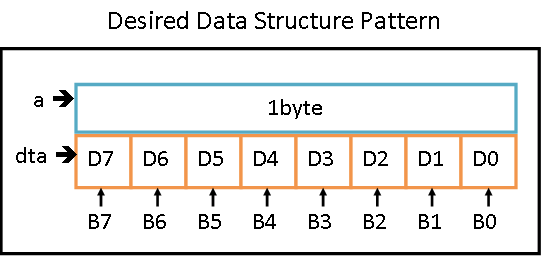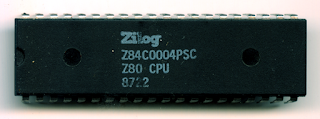Do Code Reviews Work?

I've noticed a very disturbing trend that continues to repeat whenever the topic and task of code reviews come up. So much (too much?) attention is paid to the "rules" of combat, everything from the proper etiquette of code reviews to the agreed upon coding standards de jour. Too little attention, to my mind, is paid to the skill set required to actually perform a proper code review. Let me illustrate with an example. Client 'X' goes through great pains and kerfuffle to define a coding standard. Curly braces go here (hence the name of this blog). Variable are names this way. To comment or not to comment, that is the question, and so on, and so forth. I submit some code for a pull request. I get back... line noise. Kind of like the automated resume readers that scan for keywords. Rule matching, except done poorly by humans. Did you actually look at the code, or at the Git Diff tool? Look at the code? Are you out of your mind? I'm busy, I have real work to do





